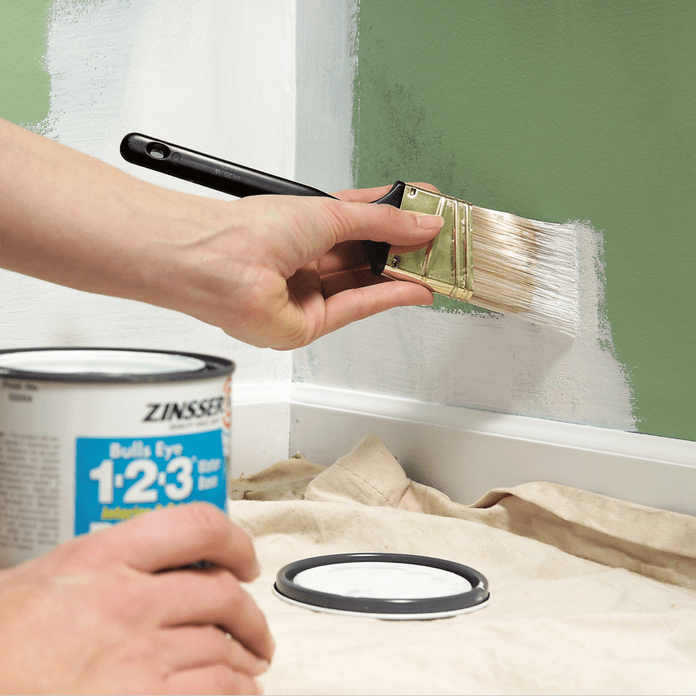
Types of Primers
Not all primers are created equal. To solve common painting problems, choose the best paint primer for the job. If your paint job entails indoors and outdoors, an interior/exterior primer is good to use. Otherwise, use separate primers formulated for indoors or outdoors.
Types of Primers
There are three basic types of primers: oil-based, latex and pigmented shellac primer. Each has its strengths and weaknesses and works best on certain surfaces and in particular circumstances.
Oil-based Primer
Oil-based primers and paints have been an industry standard for decades. These primers work with both oil paints and latex paints, making them very versatile and applicable to a wide variety of surfaces. Wood (painted or unpainted), steel and other metals, and surfaces with existing paint, such as interior and exterior walls are ideal surfaces for oil-based primers.
Many oil-based primers are good “stain killers” and prevent stains from showing through your new coats of paint. They are good for blocking stains on your walls from ink, nicotine and water.
Latex primer
Latex primer is also known as an acrylic primer and basically, it is water based.
It is more flexible, fast drying, water soluble and less brittle than the oil based primer. It also comes with low or no VOC compounds, making them a healthier alternative to oil based and shellac primer.
Latex primer is useful for woods having slight dampness. These types of primer paint are sometimes also useful for semi-seasoned wood.
It provides a great flexible finish with excellent cracking resistance and is recommended to use on bare wood.
Before applying it, make sure you try it first in a small area to see if they raise the grain. Use of interior and exterior surfaces including woodwork and see if they raise the grain.
The drying time is lesser than oil based primer – generally under 3 or 4 hours.
Shellac Primer
there are different types of primers, like shellac primer, that can trap smell well Shellac can be an ideal type of primer paint that you can use for sealing up various kinds of surfaces. In particular, if you have interior surfaces that require a layer of priming before painting, shellac can prove to be an effective choice here.
Even if you have some heavy stains to cover and work with, shellac types of paint primers can help hide these while also helping you avoid other and newer stains.
Shellac is also pretty useful if the damaged surface is emitting a burnt or damp smell since the layer can trap this smell. There are several surfaces on which you can use this kind of primer paint, such as wood, plastic, plaster, metals and more.
Primer for Painted Wood
If your paint is in very good condition, a primer may not be needed. However, if you have exposed wood, chalking or chipped paint, use an oil-based primer.
Primer for Porous Surfaces
For porous surfaces such as new drywall, brick, plaster and stucco, use a primer that’s specfically formulated for these materials.
Primer for Drywall
The best primer for drywall is a latex primer. Don’t use an oil-based primer unless you’re putting up wallpaper or covering a stain.


Leave a Reply